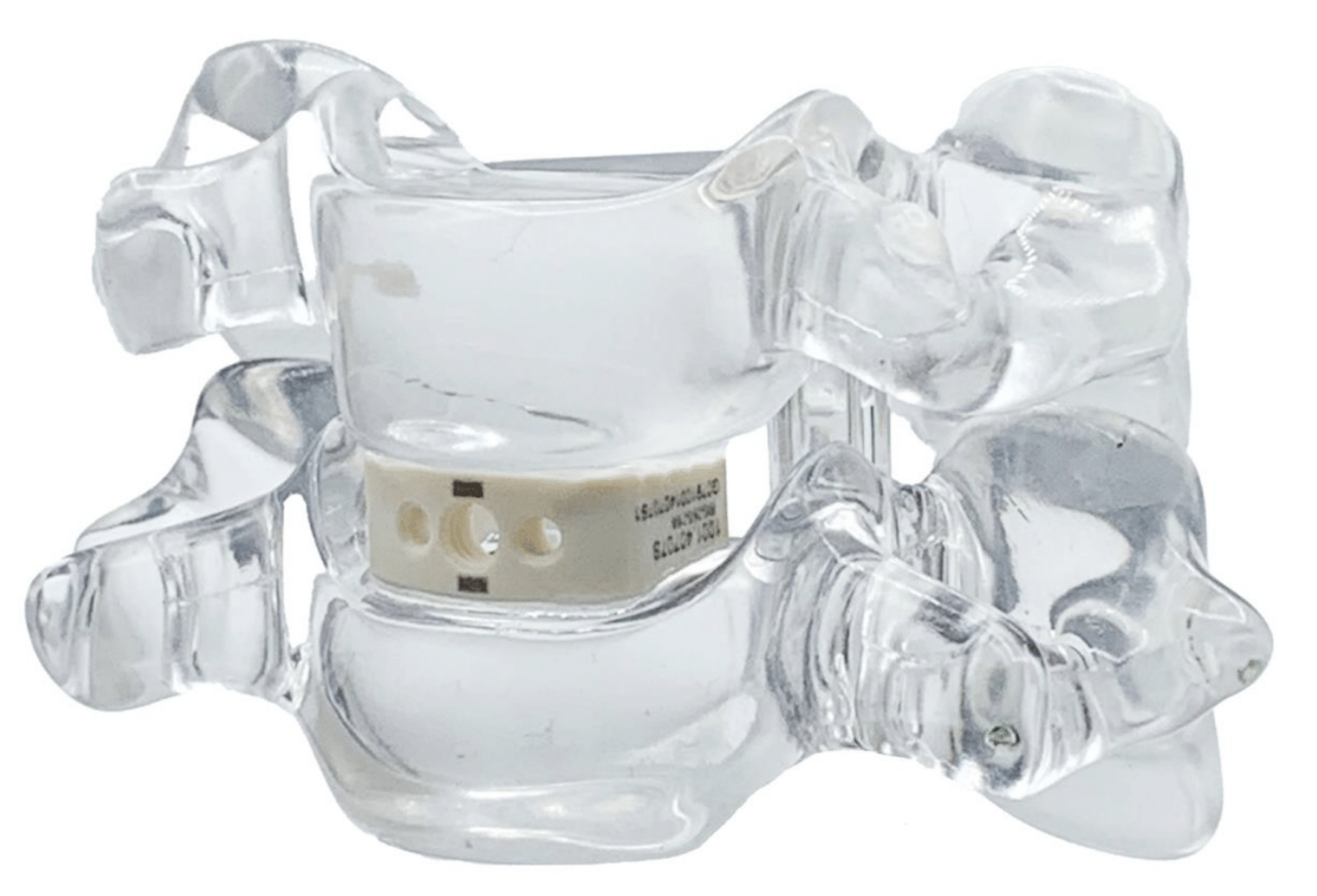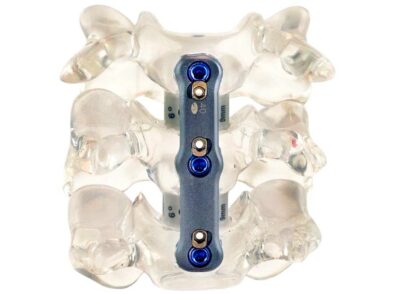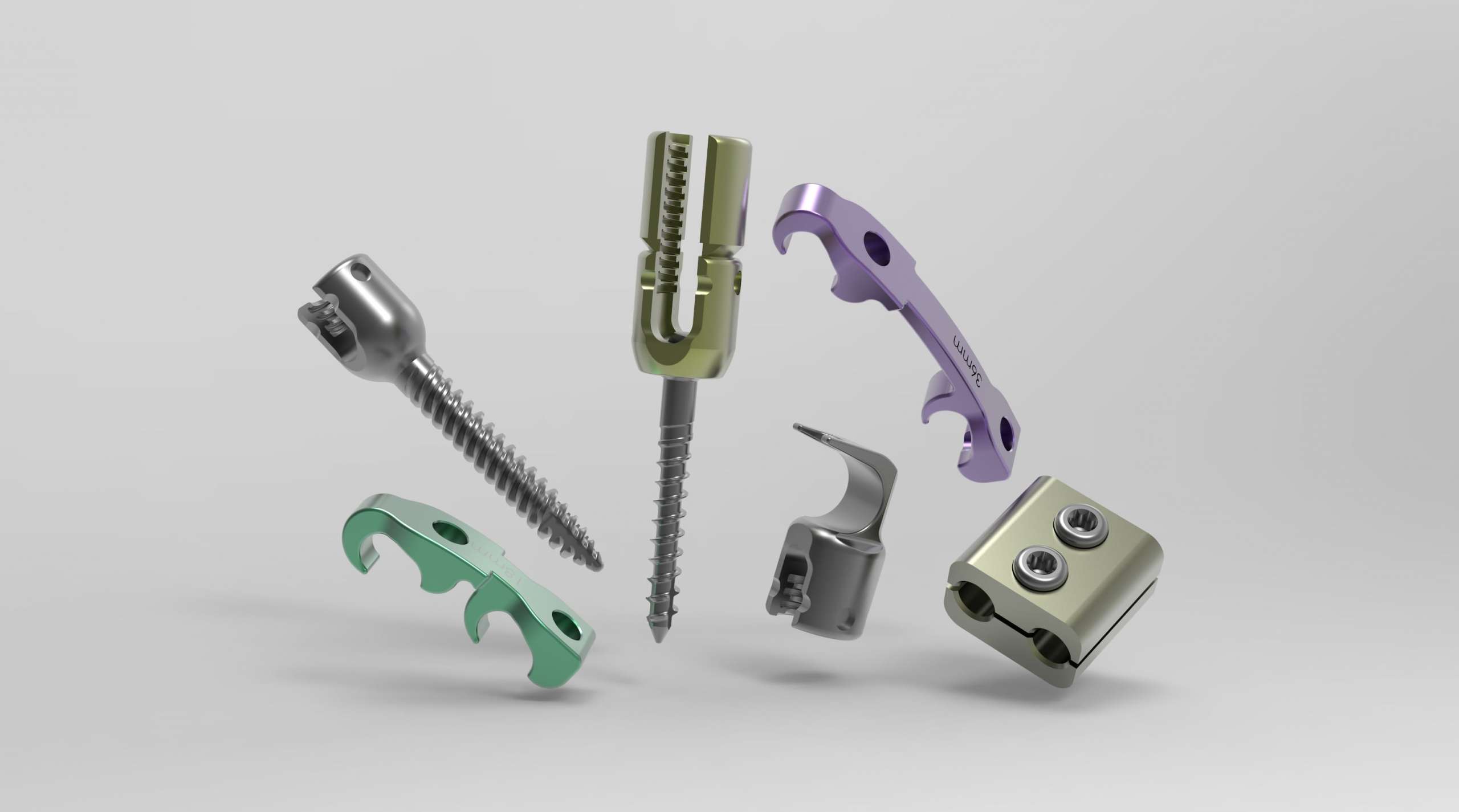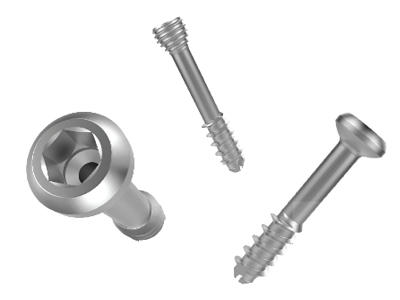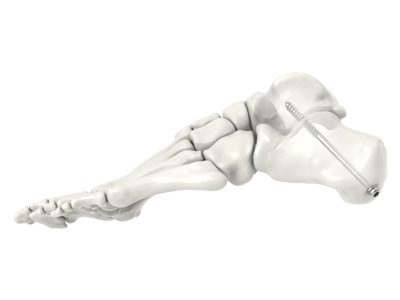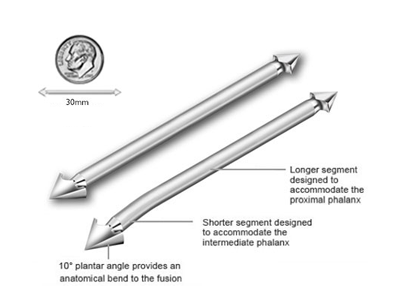Products
Advantage C™
Advantage C™ is a PEEK cervical cage indicated for Anterior Cervical Discectomy and Fusion.
Read More ->
Expandable Plate
Generous graft window. 28° maximum angle. HyperLock™ Technology. 1 (½ turn) lock for each pair of screws. Secondary retention for the rivet.
Read More ->
Cervical VBR System
Aggressive teeth on the endplates aid in expulsion resistance. Increased contact area on the endplates. Height laser etched on the implant. Large graft tube.
Read More ->
Cervical Plate
Simple, visual, and tactile 1/4 turn locking of each screw using the same driver as used for inserting screws. Graft and endplate visualization, including partial view between screw holes.
Read More ->
Posterior Cervical
Traditional & smooth shank screws. Curved, straight, & transition rods. Wide variety of rod to rod connectors. 70° of total polyaxial angulation.
Read More ->
Midline Cervical Plate
Low profile design. Slim profile design. Simple, visual, and tactile 1/4 turn locking of each screw using the same driver as used for inserting screws.
Read More ->
Cortical Screw
Standard and reduction screw options. Self-tapping flutes on tip. Screw will accept 5.5mm rod.
Read More ->
Golden Isles Pedicle Screw System™
The Golden Isles Pedicle Screw System™ is designed to provide immobilization and stabilization of spinal segments in skeletally mature patients in treating the lumbar and sacral spine.
Read More ->
Golden Isles Pedicle Screw System™
The Golden Isles Pedicle Screw System™ is designed to provide immobilization and stabilization of spinal segments in skeletally mature patients in treating the lumbar and sacral spine.
Read More ->
IBF System – Lordotic T-PLIF-L PLIF-L
H: 8mm – 16mm, W: 9mm, 11mm, L: 23mm, 27mm, 32mm (posterior)
Read More ->
IBF System – Parallel T-PLIF PLIF
H: 7mm – 16mm, W: 9mm, 11mm, L: 23mm, 27mm, 32mm (posterior)
Read More ->
IBF System-ALIF
H: 9mm – 21mm, W: 30mm, 36mm, L: 24mm, 28mm, Lordotic Angle: 8°, 15°
Read More ->
IBF System – TLIF
H: 7mm – 16mm, W: 10mm, L: 25mm, 30mm, (posterior)
Read More ->
Standalone ALIF
Simple, visual, and tactile 1/4 turn locking of each screw using the same driver as used for inserting screws.
Read More ->
PLIF
Continuous height adjustment, not incremental. No secondary locking step required.
Read More ->
Cortical Screw
Standard and reduction screw options. Self-tapping flutes on tip. Screw will accept 5.5mm rod.
Read More ->
Kyphoplasty
Traditional and direct access kits. Multi level options. High radiopacity. Ergonomic handles. Digital inflation device.
Read More ->
Deformity Pedicle Screw System
Low-profile implants help reduce soft tissue trauma. Set Screw technology prevents head splay without compromising grip on the rod
Read More ->
Inlet™ Fibula Plating System
Lateral Distal Fibula Plate
Read More ->
Inlet™ Distal Tibia Plating System
3.5 Distal Tibia Plate
Read More ->
Inlet™ Foot Plating System
Precontoured implants. Versatile fixation system. Hexalobe screw recess design. Transfixation screw.
Read More ->
Inlet™ Cannulated & Headless Screw System
TruTrack™ Memory Staple
Dynamic Compression. Reduced Time and Cost. Versatile Design and Implantation
Read More ->
Large Screws
Self-drilling and self-tapping cannulated screws. 2 types of screws: positioning screw (fully threaded screw) and self-compressive screw (partially threaded screw.
Read More ->
Plating System – MTP
Precontoured implants. Hexalobe screw recess design. Transfixation screw.
Read More ->
Hammertoe
Combines simplicity, ease of use, and effectiveness in the fixation of osteotomies, arthrodesis, and reconstruction in the lesser toes following corrective procedures Anatomic sizing to fit the patient’s anatomy.
Read More ->
Rail Fixator System
Unilateral external fixator that provides a stable solution for fractures, for lengthening of bones and for correcting deformities.
Read More ->
Circular Fixation System
Circular external fixator consisting of two rings and a pre-assembled component.
Read More ->
Bone Graft Substitute
MAC-FUSE & Pry-Fuse are moldable and mixable with autogenous bone, and leave minimal residual material on surgical gloves.
Read More ->
Amniotic Membrane
Human amniotic membrane forms the innermost layer of placenta tissue. The avascular membrane acts as a protective barrier for the developing fetus.
Read More ->

